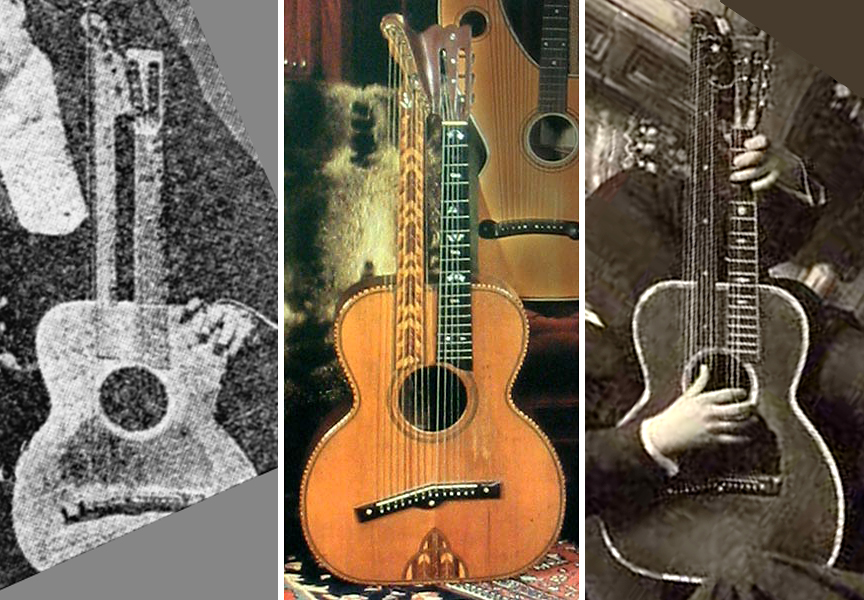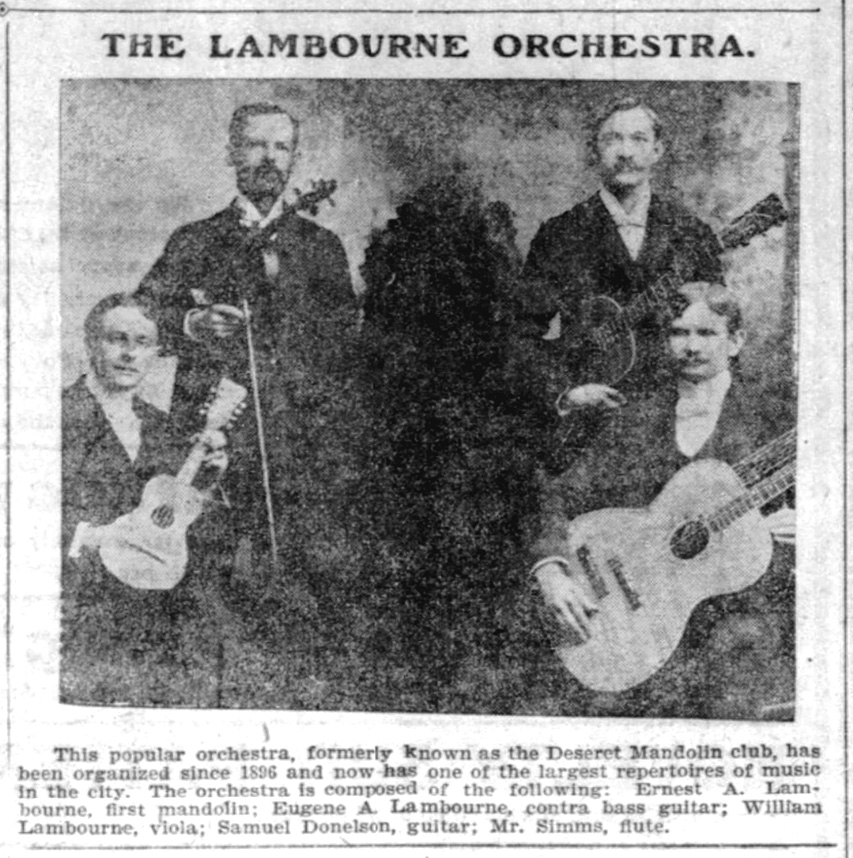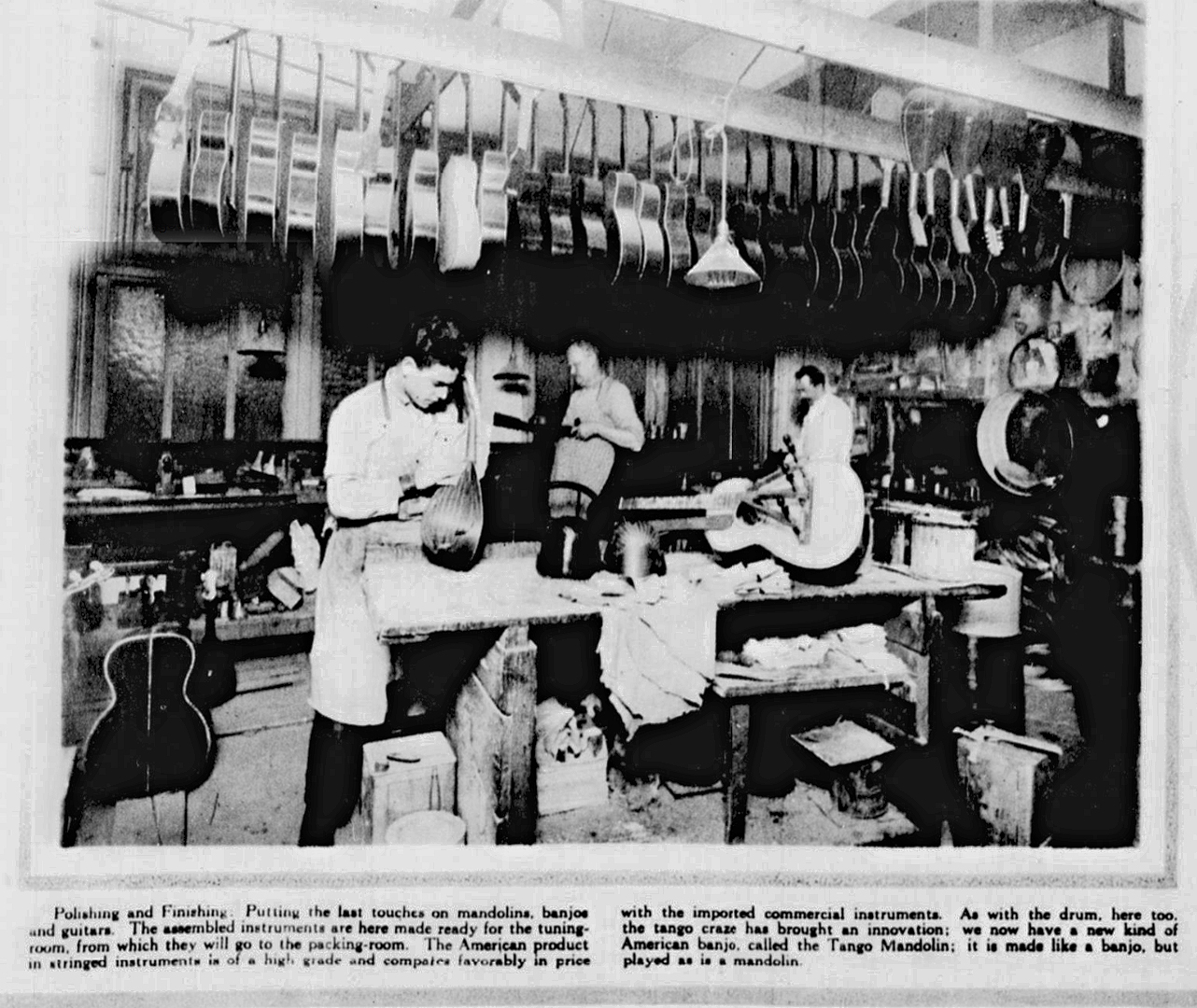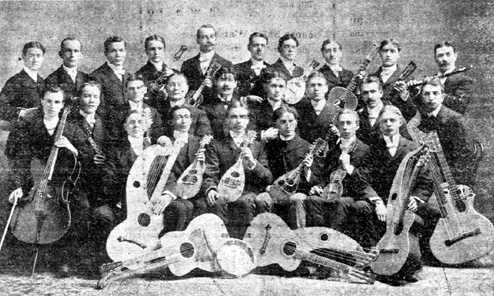Another boon for researchers! Just the other day an AMIS pal of mine (Jayme Kurland) announced to our list-serve that the Library of Congress announced a new tool to allow the public to keyword search through historical newspapers (beginning in 1900) for images. She loved it, I love it.
The LOC says “The public can now explore more than 1.5 million historical newspaper images online and free of charge. The latest machine learning experience from LC Labs, Newspaper Navigator allows users to search visual content in American newspapers dating from 1789-1963 (actually only starting with 1900 at the moment – GM) The user begins by entering a keyword that returns a selection of photos. Then the user can choose photos to search against, allowing the discovery of related images that were previously undetectable by search engines. For decades, partners across the United States have collaborated to digitize newspapers through the Library’s Chronicling America website, a database of historical U.S. newspapers.”
Me? In just an hour or so (click on images to expand):
I searched “harp guitar” with and without quotes. No results. I then tried “guitar” and found a couple interesting things. I tried “mandolin” and found several more including a couple real treasures. I tried “banjo” and got…banjos. I then tried their Artificial Intelligence “similar image” search, which I’ll describe below. None were clippings I had yet come across in all my years of research. Take a look!

On March 23 1902, the St. Paul Globe featured this image of the Dilettanti Mandolin Orchestra who were giving a public concert. The group – partly composed of students in the University of Minnesota Mandolin Club – includes not only some beautiful high-end mandolinettos (guitar-shaped mandolins) but a veritable bonanza of rare harp guitars! Three very different models by Chris Knutsen are present. Representing his extremely prolific and fast-changing designs from 1897-1900, they include a 9-string “1898-Patent Style specimen with 3 sub-basses (right), a typical early Symphony model (center) and the rare “Elephant Trunk” missing link model (left). Any or all of them might have been sold by Knutsen or his family representatives in the St. Paul area when newly built. For any brand new to the subject, here are extant examples of these 3 designs:

On the far right in the newspaper image is a Harwood from Jenkins in Kansas City. It is a rare model with 9 subs and oval-shaped double soundholes. The single extant specimen of this type (for all we know, the exact same one) is shown below.

The other double-neck harp guitar behind the tambourine above cannot be positively I.D.’d. To me, its bridge, unique bass head with 6 tuners roughly in line, and huge body plantilla (between a Knutsen and Harwood) bring to mind the mysterious C. Cochran from Muncie, Indiana (following below). The same instrument – seen in better detail – appeared in the hands of a U of M Club member in the same Globe paper the month before:

Note the similarities between it and the extant ornate Cochran specimen and a surprisingly similar instrument (with pickguard similar to that in the Club photo) from another anonymous historical photo:

Next are some new Knutsen harp guitar player images, always on my radar…

This multi-instrumentalist duo includes both a pedal harp and a Knutsen Seattle-era “guitar harp” in their lineup. From the Caldwell Tribune in May 1914; it’s not too surprising to see the instrument near Boise, Idaho a few years after it was built.

A later Seattle-built Knutsen harp guitar appears with the “Waikiki Hawaiians” in this June 1917 clipping in the Jerome, Idaho Lincoln County Times. I believe the instrument – and possibly player – are the exact same as in the image below of “Vierra’s Royal Hawaiian Singers and Players of the 1923 Lyceum circuit” that has long been in my Knutsen Archives. Other than the sub bass nuts and stringing having been monkeyed with, it has the same features everywhere – the squared off main headstock (unusual for Knutsen), the severe wear to the right of the fingerboard, the binding and inlays (blurry or not). You can also make out the faint impression of the expected pickguard with white crescent and other shape in both images.

 Vierra’s Royal Hawaiian Singers and Players of the 1923 Lyceum circuit
Vierra’s Royal Hawaiian Singers and Players of the 1923 Lyceum circuit
(Image courtesy of the Special Collections Department, University of Iowa Libraries)

Similarly, this 1916 clipping I just found (multiple times) of Joseph Kekuku’s group uses the same image from his flyer that has long been in the Archives (below). But dig the added newspaper cartoonist’s graphic of the Knutsen (12-strings-on-the-neck) double-point harp guitar!
(Note also that the ukulele player at right looks like the same young man as in the previous two Hawaiian group images.)

(Image courtesy of the Special Collections Department, University of Iowa Libraries)

I thought the above notice – from the Salt Lake Herald in October 1903 – was a new shot of my Regal harp guitar-playing friend from the Deseret Mandolin Club. But no, they just crudely erased out – apparently with extreme prejudice – their former leader, C. E. Pomeroy! (See original below)


James Frew (in center, I presume) played 10 instruments, many of which appear in his trio’s image. I’m so far unable to identify his double-neck harp guitar. From Indiana’s Jasper Weekly Courier, June 1917.

Another difficult-to-resolve double-neck harp guitar, with crude bridge support straps. The George Washington University Mandolin Club in April 1908 from the Washington Herald.

From the New York Tribune in March, 1915, this image showing a harp guitar on the workbench came from a full page photo essay about an un-named Brooklyn musical instrument factory. Any guesses? A new instrument described in the caption was actually the tango (or “melody”) banjo, not “Tango Mandolin” (a short-scale banjo tuned like a mandolin but with 4 single strings)
But my favorite find was the East Oregonian announcement about the Alpine Yodlers playing the Pendleton Chautauqua in June 1915. The traditional Swiss group with requisite zither does not have its typical Schrammelgitarre. Instead, the portly player holds an unusual…what?! My mind of course leaped first to that odd Maurer/Stahl from the same period. But clearly it’s quite different when compared to this candidate Maurer/Stahl specimen below. This is another new one on me!

Finally, I was keen to explore the new image search where no keywords are involved, only images that this insane AI super-algorithm deems similar. There’s a tutorial video on the home page that walks you through the procedure.
I collected most of the guitar player and mandolin club images and then hit the “Train My AI Navigators” button. Thousands of images came back. No musicians. Just people of every description singly or in groups – the closest I saw were several people holding tennis rackets (damn mandolins!). I hit the “No” button for a bunch of these and re-ran the “Train.” I did this several times. The more different irrelevant images I added to the “No” pile – while adding the occasional violin or musician to the “Yes” collection – the better it seemed to get. Finally – bingo – another guitarist. And not just any…

It was our old friend Prof Bistolfi with his custom harp guitar built by Orville himself during the Gibson Company early years. While I had this image (see “Orville’s Harp Guitars”), this was a later news clipping with a much better halftone of the original photograph. Now check out the detail of this rare instrument.
Something curious with this new search engine is that the results never returned any of the dozens of other newspaper entries/images I’ve found over the years. Why is that?
Is there more to find? Undoubtedly, though I finally seemed to hit a dead end.
Volunteers, anyone?







Gregg, the reason why the OCR misses a lot of stuff is that it is not very accurate at searching unusual words. Basically it’s been fed a dictionary. I can’t remember the figures now, but let’s say it’s 70% accurate, if you take out all the: and, the, if but etc, it probably misses 50% of what you are looking for. To find specific items you have to think outside the box. For example if you search the Gale newspapers for ‘Roudhloff’ or ‘melophonic’ nothing comes up, but if you search ‘81 Charlotte Street (their address, street being a word, and Charlotte being a girls name, up pops ‘Rouldhloff’s Melophonic guitar, 81 Charlotte St.’ The Australian newspaper search is good, because alongside the images of the papers, it shows you in characters of what the computer actually sees, and it invites you to correct the words, making it easier for future researchers.
that’s hilarious! re the x-ed out player. Well, I tried the comparative example but no luck tonite. I’ll devote time tomorrow. It has potential especially if you feel as though you hit the wall! Thanks again, S~
AMIS is great! Thank you for introducing me. Can’t wait to investigate!
Fantastic photos. Very evocative. Great research and explanation of research methodology. Thanks for all this. More please.